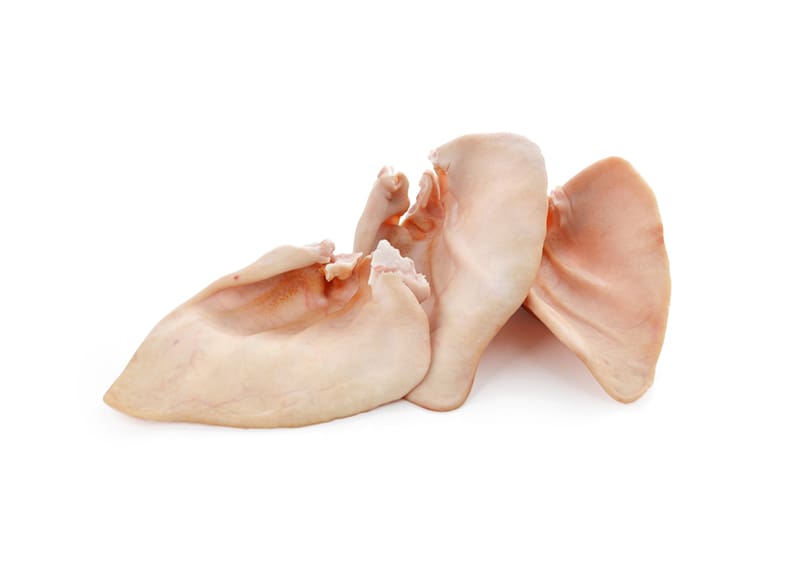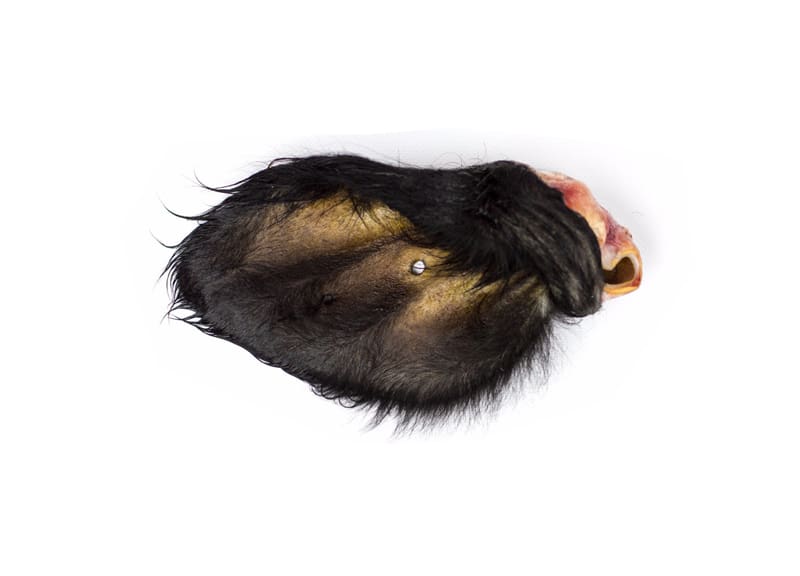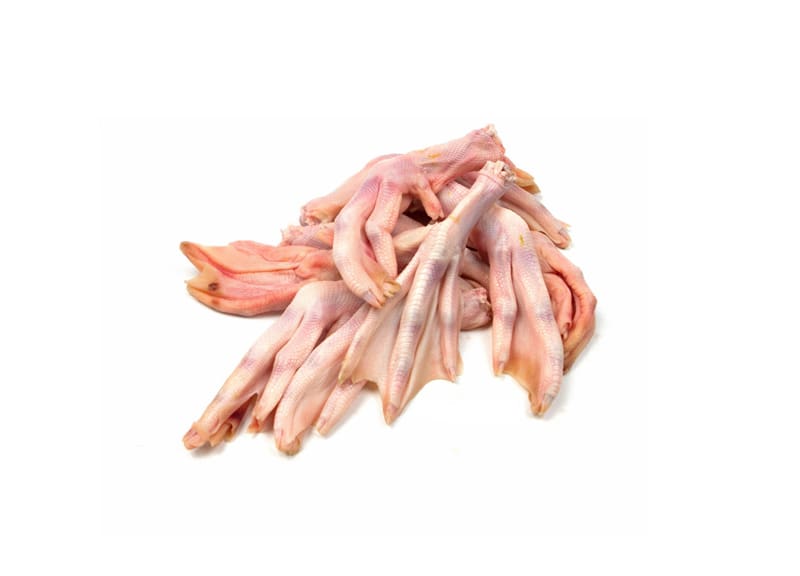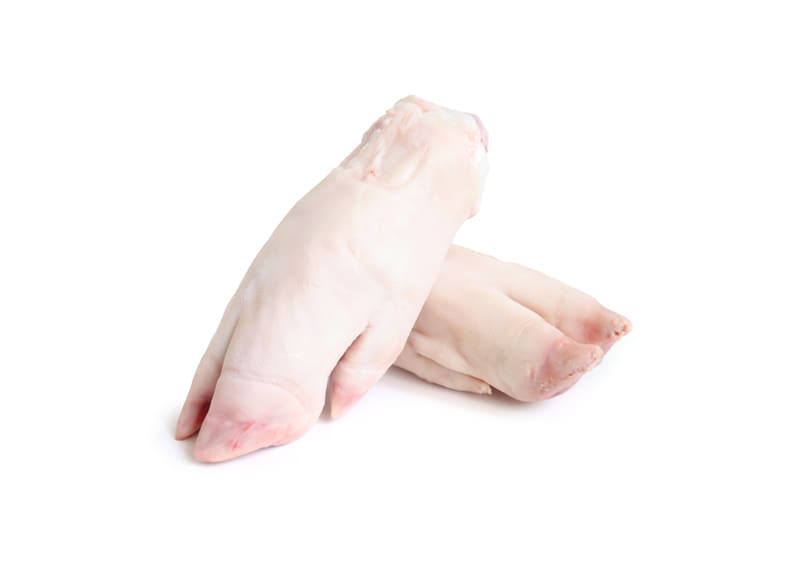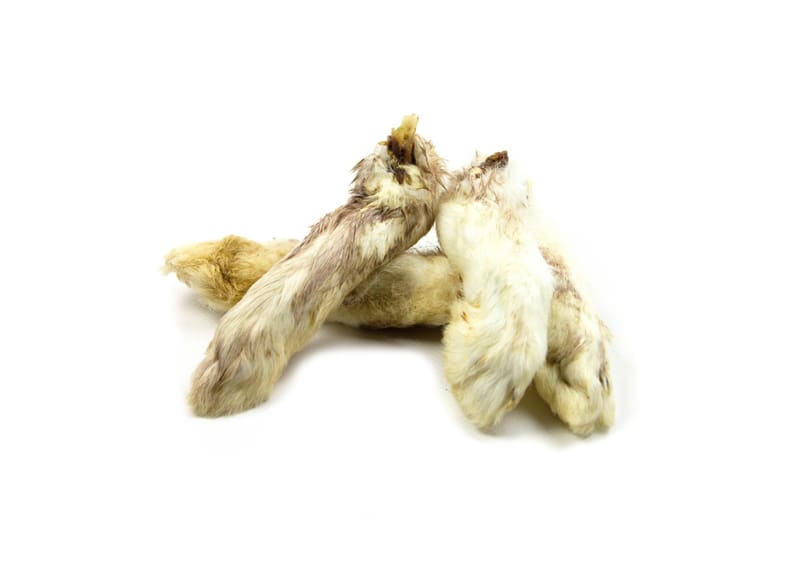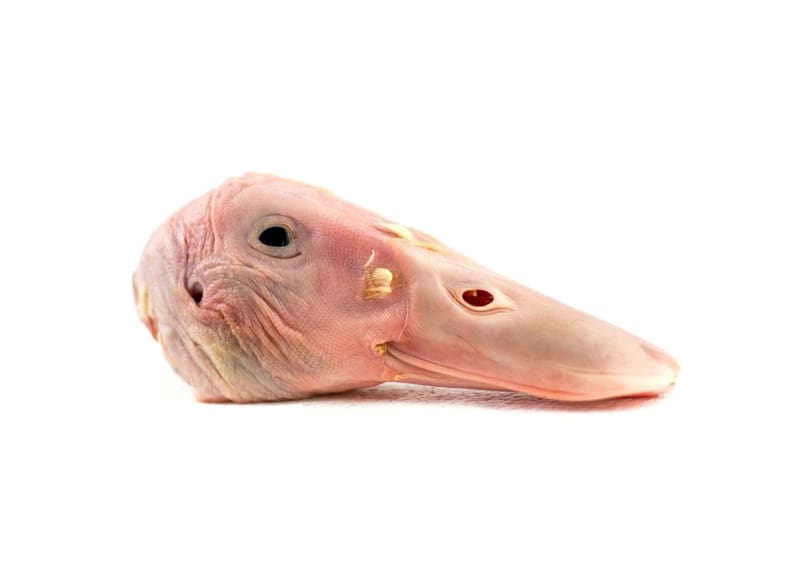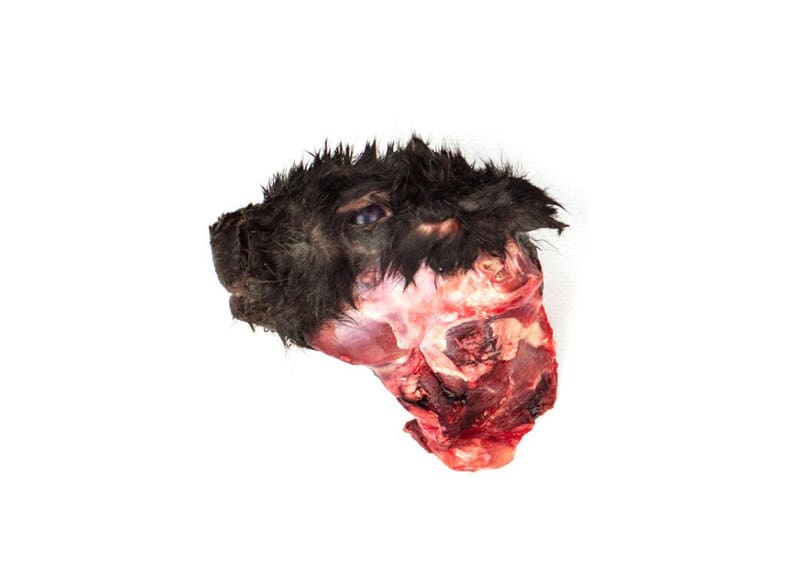There is something uncouth about feeding off-cuts. Many pet parents exclude “gross bits” and whole prey pack from their pet’s raw diet because they seem gross. However, off-cuts and whole prey are nutritionally beneficial and help minimize waste from the farming and hunting.
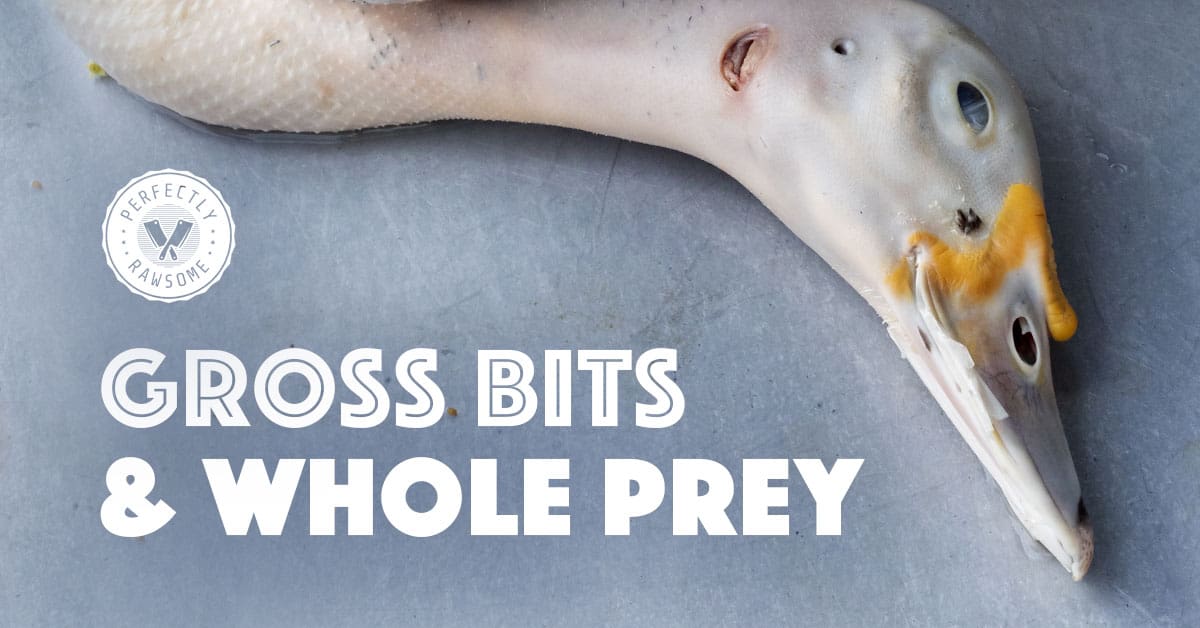
Liver & Secreting Organs
Many new raw feeders fail to include organs in their pet’s diet for many reasons. There are many myths associated with feeding organs and many believe organs will give their dog or cat parasites. While it is possible a pet can contract parasites from infected organs, all liver and organs that are USDA inspected for human consumption will be free from harmful parasites.
Organs are the most nutrient dense part of an animal. Best of all, because organ meats are relatively inexpensive, they give the most bang for a raw feeder’s buck! Meat and bone are lacking in many important nutrients which is why it is required to feed organs in a pet’s diet.
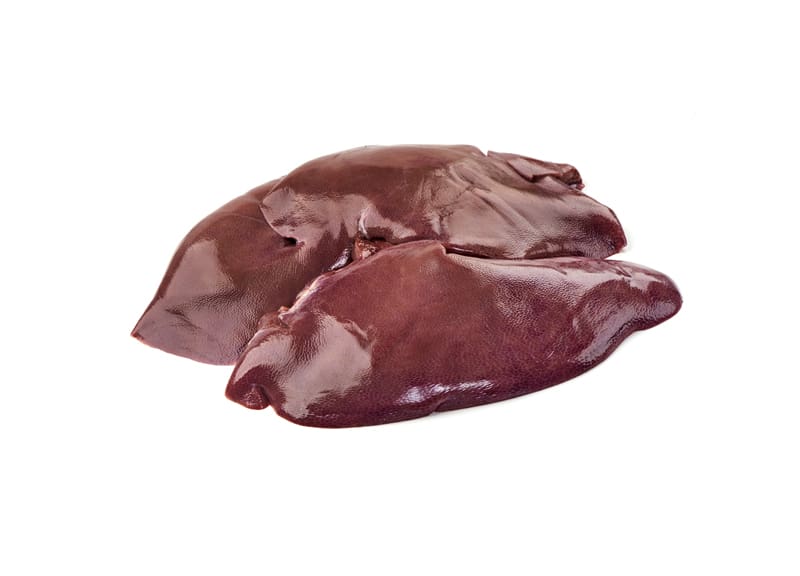
Liver
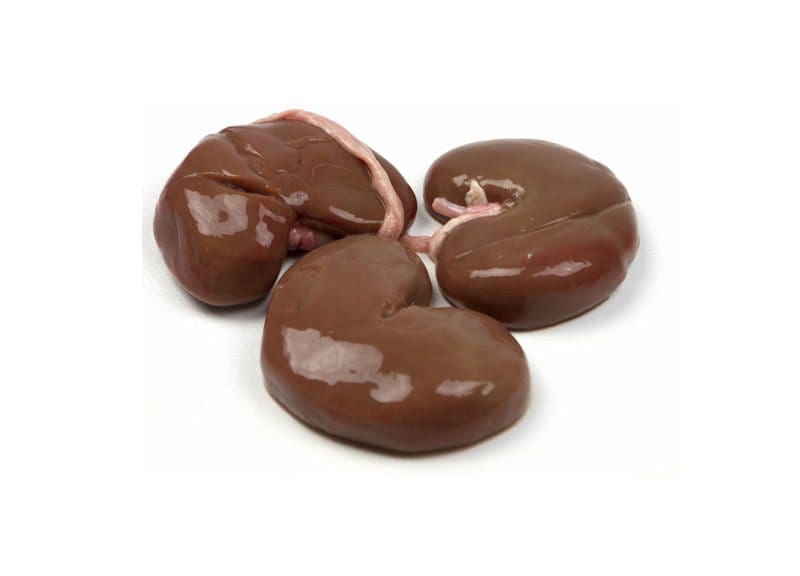
Kidney
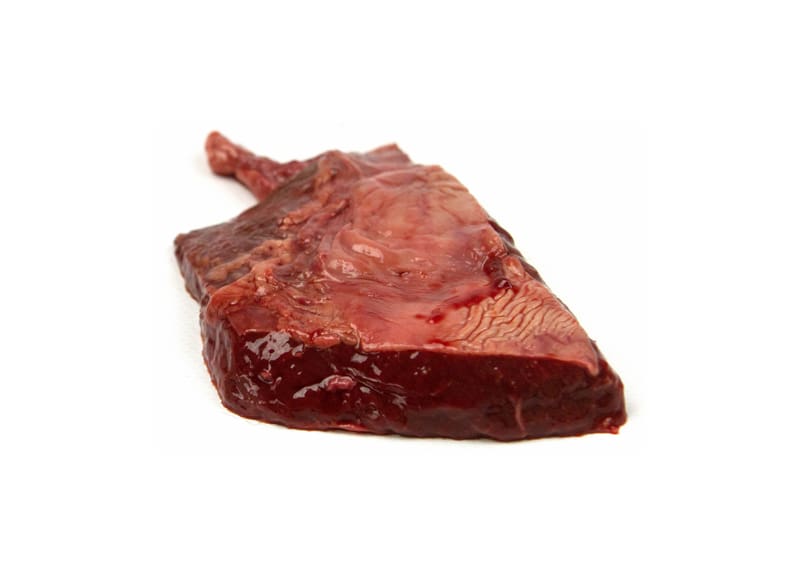
Spleen

Pancreas

Thymus

Brain
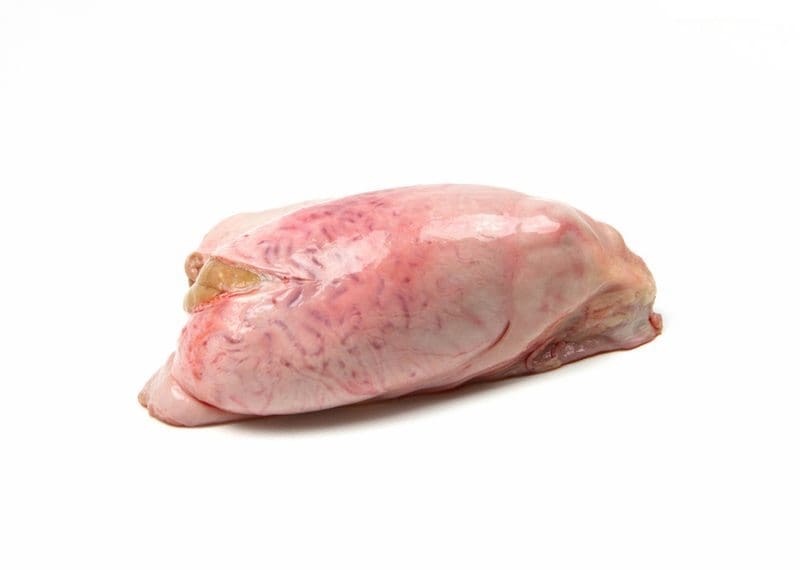
Testicles
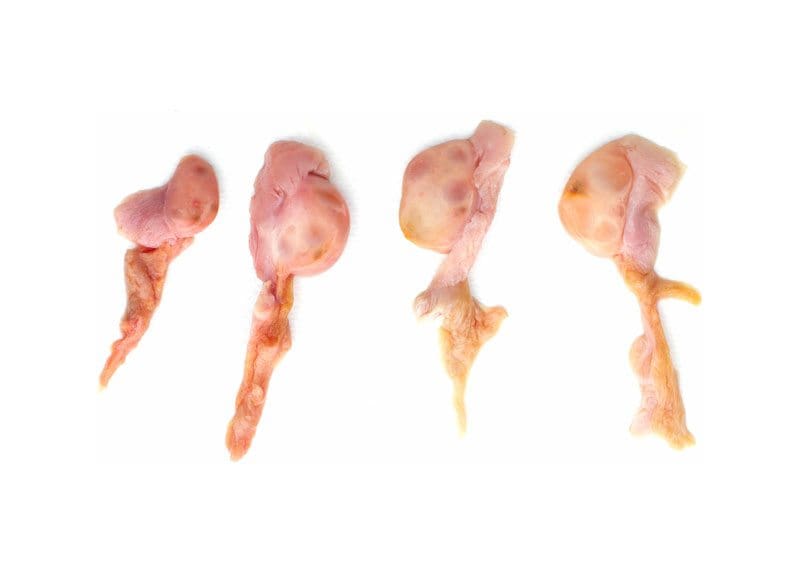
Ovaries
Out of all of the secreting organs, the liver is the most important organ in raw diets. Raw liver provides essential fat-soluble Vitamin A and D. Be sure to include 5% raw liver into a pet’s raw diet to provide these essential nutrients for optimal health. In addition to liver, all other secreting organs are beneficial to include in a raw diet and it is recommended to feed them at an additional 5% of the diet. Liver and secreting organs should equal 10% of the overall diet.
If organs are harvested from wild game, thoroughly inspect all organs for possible parasites. Discard all organs with signs of infestation and always freeze the organs for a minimum of 3 weeks before feeding.
Raw Ears
Raw ears are not nutritionally dense in vitamins and minerals. However, they provide essential amino acids and fats for energy. Many pet parents are familiar with dehydrated pig ears sold in pet stores but these items provide a benefit in raw diets! Similar to dehydrated ears, raw ears are primarily cartilage which provides high amounts of dietary chondroitin for joint support. Chondroitin is one of the main building blocks of cartilage in joints. Therefore, dogs and cats with joint issues benefit from diets that include foods with cartilage.
In addition to dietary benefits raw ears provide, they also provide a mental enrichment for pets. Raw cartilage is chewy and requires dogs and cats to chew on the item for consumption. The act of extended chewing in dogs and cats promotes an endorphin release and helps maintain dental health.
Raw Feet
Raw feet from poultry and waterfowl are great additions to a raw diet to provide essential calcium. Additionally, there is a high concentration of ligaments and tendons in feet which provides beneficial glucosamine in raw diets. Glucosamine is another beneficial nutrient for dogs and cats who suffer from joint issues.
Raw feet are a great ingredient for creating bone broth! The high amounts of ligaments and tendons found in raw feet aid in the creation of gelatin protein (collagen) in bone broth. Collagen is the jelly consistency often associated with bone broth and gut health.
Animal Heads
It is understandable why many pet parents avoid feeding raw heads. However, raw animal heads are great options to add to a raw diet. They provide a great source of calcium due to their edible bone content. In addition to calcium, raw animal heads include eyeballs and brains which have nutritional benefits all on their own.
Overall, raw brains have a near 1:1 protein to fat ratio which makes them an ideal organ choice for keto diets. Additionally, raw brain is high in Vitamin B12, selenium, and higher in omega-3 fatty acids in comparison to omega-6 fatty acids.
There is not much nutritional information on raw eyeballs other than raw caribou eyes and the data available does not include a full nutritional breakdown of amino acids, vitamins, and minerals. However, based on data available, raw eyes are a good source of protein.
Whole Prey
Often raw diets are compared to the diet a wild dog or cat consumes and whole prey is the premise on which raw diets are built upon. Small whole prey is defined as a prey animal a wild dog or cat hunts and consumes. The majority of the animal is eaten with very minimal leftovers. Small prey consists of poultry (i.e. Day-old chicks, chicken, and Cornish hen), waterfowl (i.e. Duck), small birds (i.e. Quail), rodents (i.e. Feeder mice, rats, and guinea pigs), and rabbits.
Feeding dogs and cats whole prey can often become touchy for many pet parents. Observing a pet consume a prey animal is not for the faint of heart, but there are many benefits to feeding small whole prey.
Whole prey includes skin, feathers/fur, organs, glands, blood, and intestinal tract which is not found in raw meat safe for human consumption at a supermarket or butcher. Raw meat, bones, and organs for human consumption have gone through production processes. This means the skin, fur/feathers, glands, intestinal tract, and blood is removed from all meat products in preparation for sale and human consumption, and all of the beneficial nutrients are removed along with these items, too.
Fur, feathers, and intestinal contents provide fiber which supports gut health. The inclusion of all internal organs, glands, and blood provides a higher concentration of vitamins and minerals in comparison to store-purchased meat. Additionally, whole prey stimulates the mind and body of dogs and cats. Whole prey requires pets to chew, rip, and tear away at whole prey for consumption. This experience provides mental and physical enrichment not found in other feeding methods.
CLOSING COMMENTS
Liver and secreting organs are very important in a raw diet because they provide essential fat-soluble vitamins. However, the other gross bits and whole prey are optional. The gross bits, off-cuts, and whole prey provide essential nutrients, mental enrichment, and help minimize waste from the meat industry.

